In Photos: The World's Biggest Islands
Big Islands
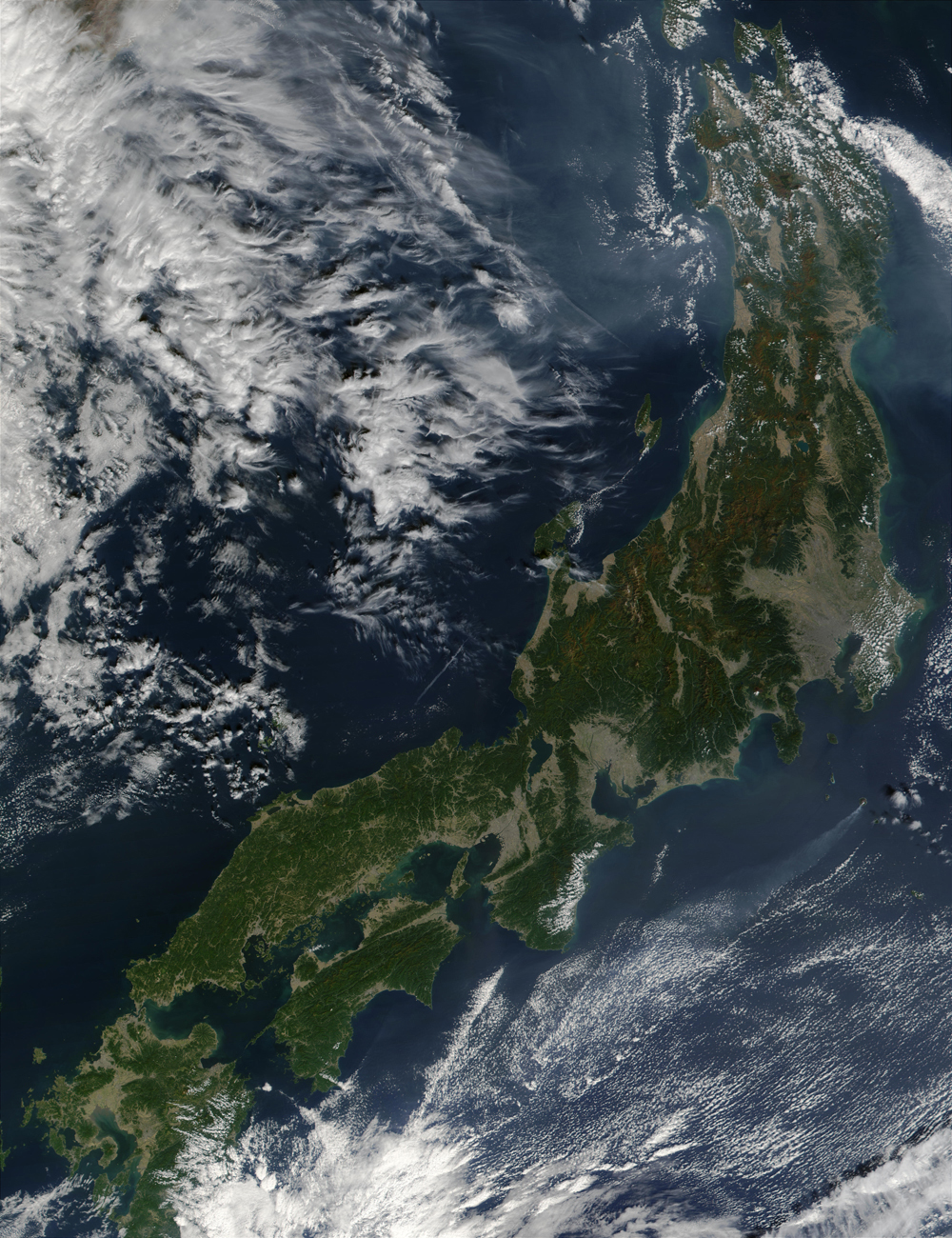
Earth's biggest islands have various origins. Some of them were part of larger continents that broke apart. Others formed at the boundary between tectonic plates, or rose in an area of intense volcanic activity.
Their isolation from the mainland provides opportunities to study unique kinds of wildlife, as well as to see how climate change affects a smaller area. Read more about the 10 largest islands and their geological origins in this slideshow.
Ellesmere Island
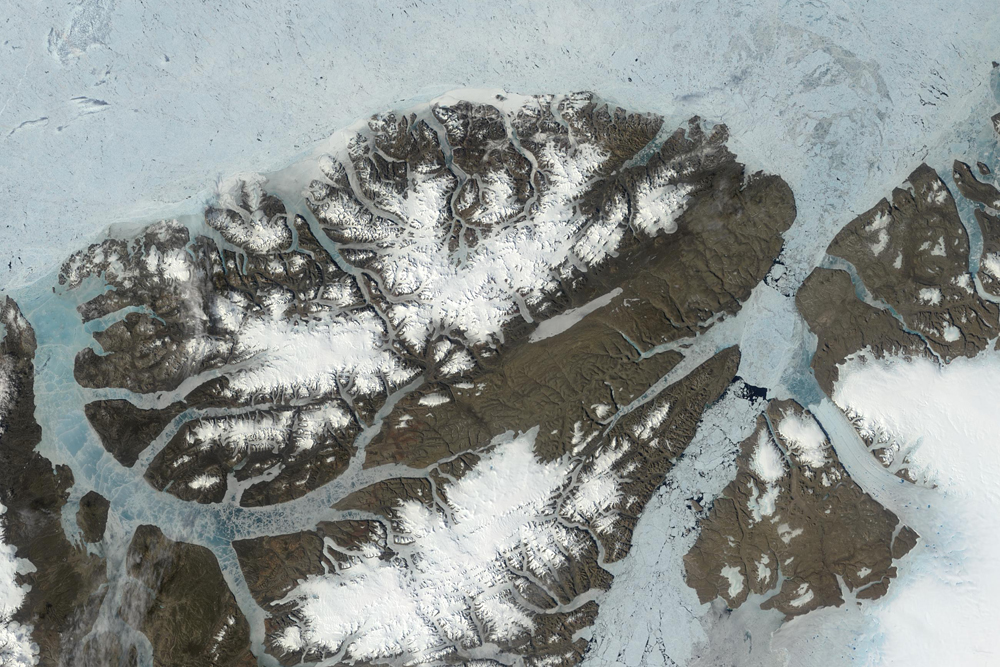
75,767 square miles (196,236 square km)
Ellesmere Island is Canada's third-largest Arctic island. The region is mostly mountainous, with some of its tallest peaks covered by ice caps that themselves generate glaciers that flow into the sea, according to the University of Guelph. The island, as well as the region around it, was shaped by a massive glacial ice sheet that covered Canada during the last ice age.
Much of the island is carved by fjords, while the northern coast is dominated by the ice as well as the Mountains of Grant Land, sedimentary rocks that are about 100,000 years old, according to the Canadian Encyclopedia.
Victoria Island
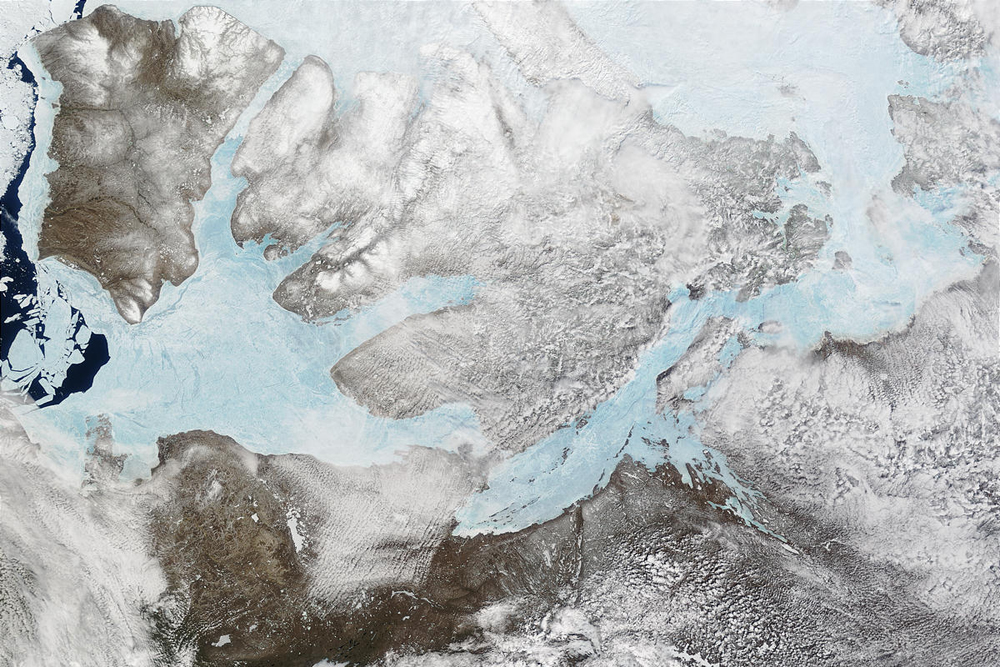
83,896 square miles (217,291 square km)
Victoria Island, Canada's second-largest, lies in the Arctic Island region of the country. Like much of the surrounding area, the island was underneath a vast glacial sheet during the last ice age and is still the site of a lot of ice today. Given its remote location in the north, the island is not very populated and is mostly an area of windswept tundra.
The bulk of the island is made up of sedimentary rock, according to the Canadian Encyclopedia, but there is a portion with Precambrian rock that is lined with copper, a resource frequently used by a band of Inuit, or aboriginals, in the region. Glacial areas on the island are complex due to the island's variable geology: it includes a large river (Kuujjua), mountains and cliffs.
Victoria Island is also the site of the world's largest island-in-a-lake-on-an-island-in-a-lake-on-an-island. The tiny sub-sub-sub-island is unnamed and has likely never been visited by humans, given that Victoria Island has a population of just 2,000 people.
Great Britain
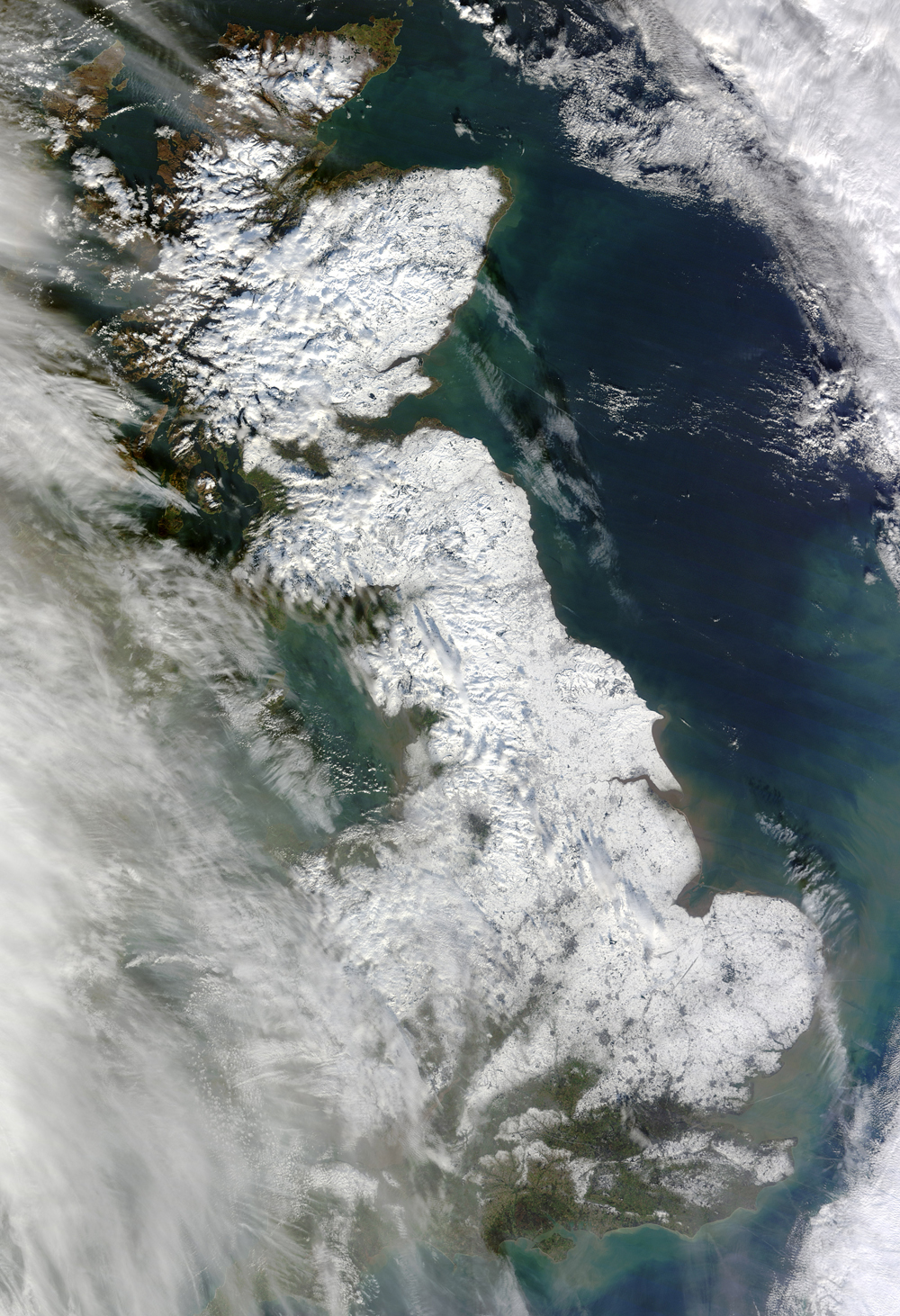
88,150 square miles (228,300 square kilometres)*
Great Britain is a heavily settled island just northwest of the continent of Europe. However, as recently as 600 million years ago, what we now consider one island was separated into two parts that were very far apart, according to the BBC.
Scotland and northwestern Ireland were part of the Laurentia continent south of the equator, a portion of a large landmass that includes modern North America. Ireland, England and Wales were a part of Avalonia, a small continent (including today's Newfoundland) that was close to the Antarctic Circle.
The two continents gradually moved north over millions of years and merged in the supercontinent Pangaea. Later, Great Britain became a part of Europe and evolved into an island when sea levels rose.
*Including Ireland
Honshu

87,992 square miles (227,898 square km)
Honshu is Japan's largest and most populated island, forming the bulk of Japan's landmass. Japan lies just east of North Korea and South Korea in the Sea of Japan. Honshu and the rest of Japan are part of a very active tectonic region called the Pacific Ring of Fire, the zone where about 90 percent of the world's earthquakes (and 80 percent of the biggest ones) occur.
While the area is heavily cultivated by human populations and agriculture, there are some prominent natural features on Honshu that host wildlife. Among them is the Shinano River, which is the longest in Japan, and the Japanese Alps.
Large earthquakes have been recorded throughout the history of human habitation on Honshu. Most recently, a devastating 8.9-magnitude earthquake in March 2011 struck Japan from an origin close to Honshu. Ecologists are still determining the long-term impact on wildlife after a nuclear plant, which failed amid the earthquake and resulting tsunami, sent contaminated water into the ocean.
Sumatra
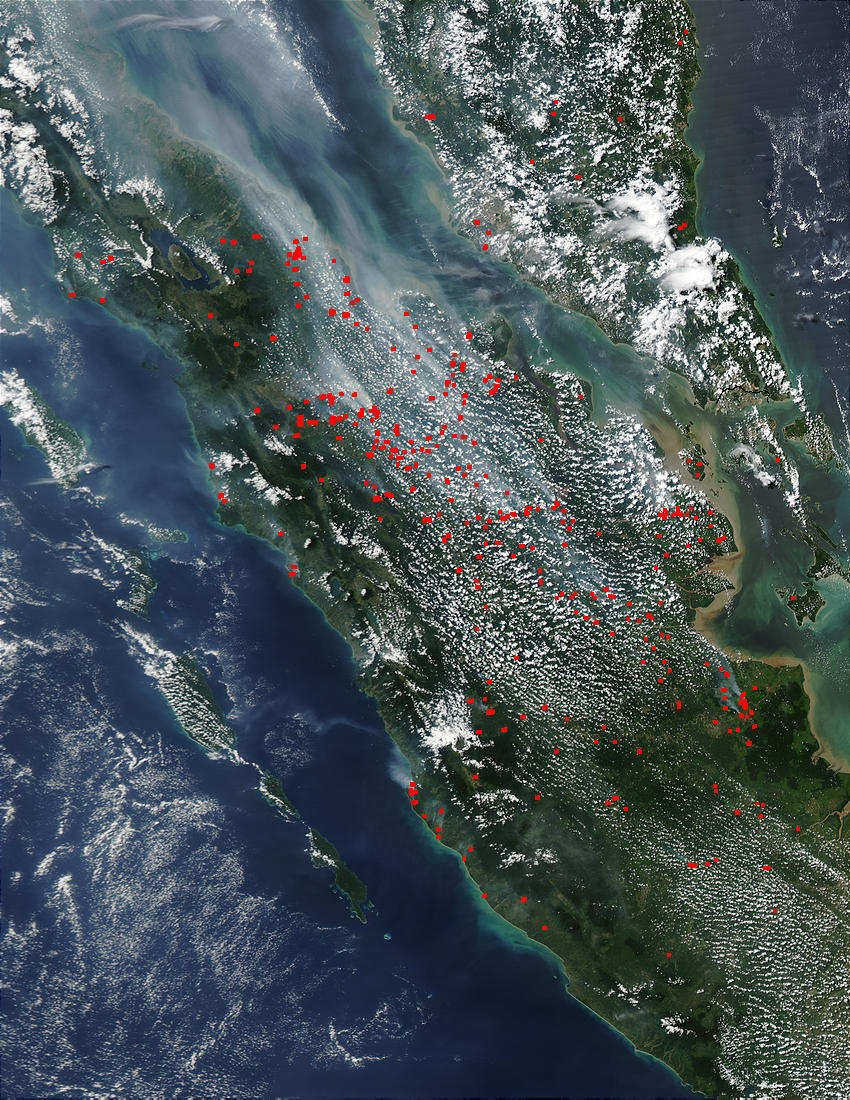
185,635 square miles (480,793 square km)*
Sumatra, which is geographically a part of Indonesia, lies just below Malaysia in the Indian Ocean. The island is most famous for its volcanic activity. It has a dozen active volcanoes and 170 recorded eruptions since AD 1000, according to a 2004 presentation at the 32nd International Geological Congress on Cenozoic volcanic geology. In the region, the famous explosion of Krakatoa volcano in 1883 destroyed an island that was there at the time.
The region's active tectonics also gave rise to an unusual earthquake in 2012, when the quake actually moved across four faults, including three that are perpendicular to each other. The strike-slip earthquake, which occurs when parts of Earth's crust glide along each other horizontally, generated an 8.6-magnitude quake in the seafloor just west of Sumatra.
Through plate tectonics, Sumatra came to be at the boundary of two tectonic plates: the Indian/Australian plate that is just southwest of the island, and the Eurasian plate upon which Sumatra and neighboring islands sit.
*Figure includes adjoining islands
Baffin Island
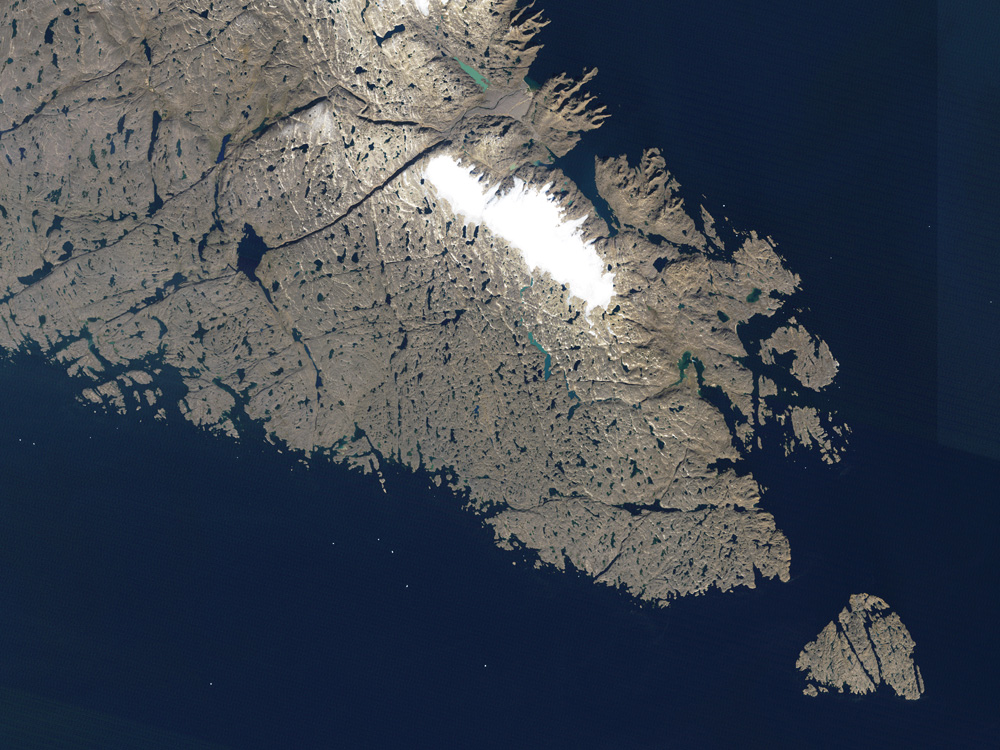
195,928 square miles (507,451 square km)
Baffin Island, in the far north of Canada, is part of the Arctic Archipelago. The island is the largest in Canada and the fifth-largest in the world. Much of the island is covered in thick glacier ice, but that is melting away due to climate change. At least one Canadian study has identified the island as a potential resource for mining, particularly for precious metals, base metals and diamonds.
The island contains both isolated glaciers and an ice cap, that is a leftover of the Laurentide ice sheet, a massive ice block that extended over most of Canada during the last ice age.
Baffin Island is of particular interest to climatologists because it has shown how ice sheets expand and retract in response to temperature changes. Glaciers in the Arctic, including in Baffin Island, expanded quickly during a cooling event 8,200 years ago, that only took place over 150 years. Temperatures dropped 5.4 degrees Fahrenheit (3 degrees Celsius) in just 20 years during that period.
Madagascar
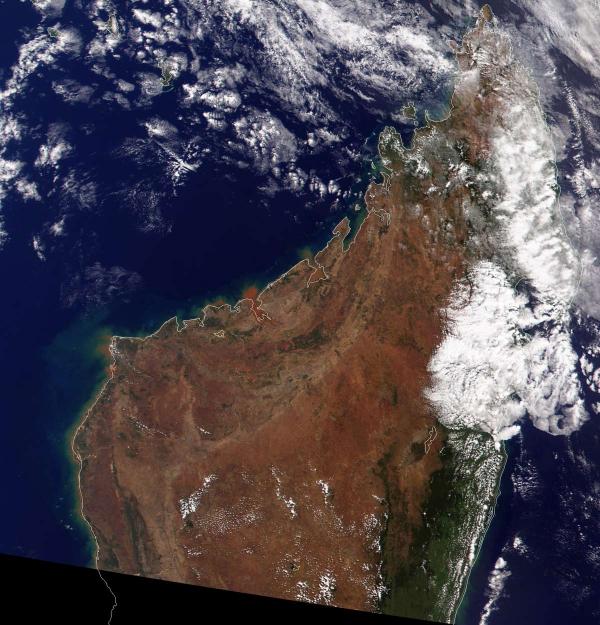
226,658 square miles (587,041 square km)
Madagascar lies just off the southeastern coast of Africa. It has been separated from the coast for about 88 million years, but underwent a complex geologic history before it broke off.
About 170 million years ago, Madagascar was part of the huge supercontinent Gondwana, according to the University of California, Berkeley's Museum of Paleontology. As the Earth's crust shifted, Madagascar (which was then attached to India) separated from Africa and South America, then from Australia and Antarctica. Eventually, India crashed into Asia and created the Himalayas. Madagascar was left on its own in the Indian Ocean.
Because of its long isolation, a wide array of unique creatures evolved on Madagascar, making it one of the most biodiverse places on Earth. More than 80 percent of the island's species are found nowhere else. Extensive deforestation is wreaking havoc with the biosphere on Madagascar, but conservationists are making efforts to help. Some researchers are suggesting that tortoises be imported on to the island to replace extinct ones. However, other species — such as the island's palm trees — are still facing extinction.
Borneo
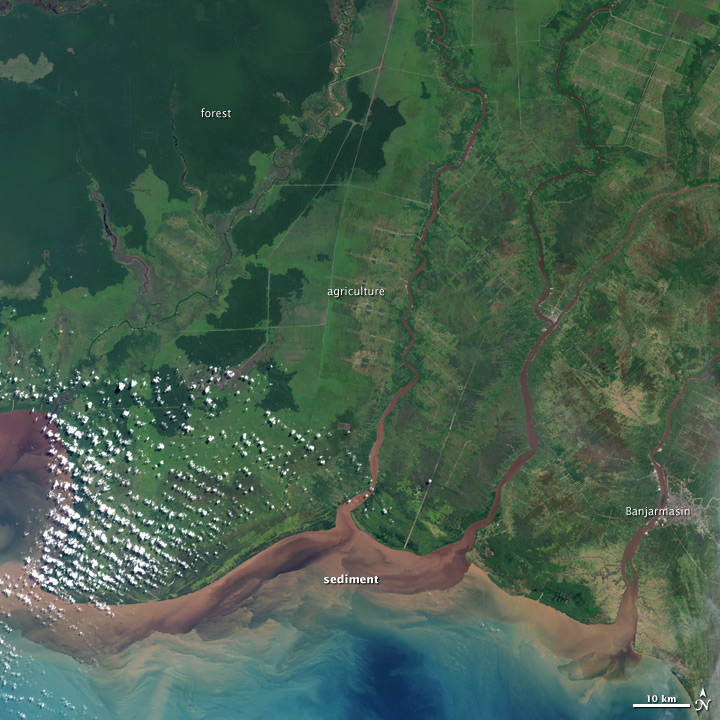
292,000 square miles (755,000 square km)
Borneo lies in the South China Sea in between Singapore/Malaysia on the west, Indonesia on the east, and the Philippines to the northeast. The island itself is divided between several countries.
The island is particularly noted for its primates, as it is host to at least 10 primate species, according to Ohio's Miami University's earth exhibitions program.
The orangutan has caught the attention of conservationists since it is rapidly losing its habitat, and only lives on Borneo and Sumatra. A "secret population" of orangutans was discovered on Borneo in 2013.
While Borneo is surrounded by water now, for much of the Tertiary period (from 65 million years ago to about 1.6 million years ago), it was likely connected to the Southeast Asian mainland, according to the World Wildlife Federation. Changes in Earth's tectonic plates about three million years ago caused Borneo to break off the larger land mass.
New Guinea
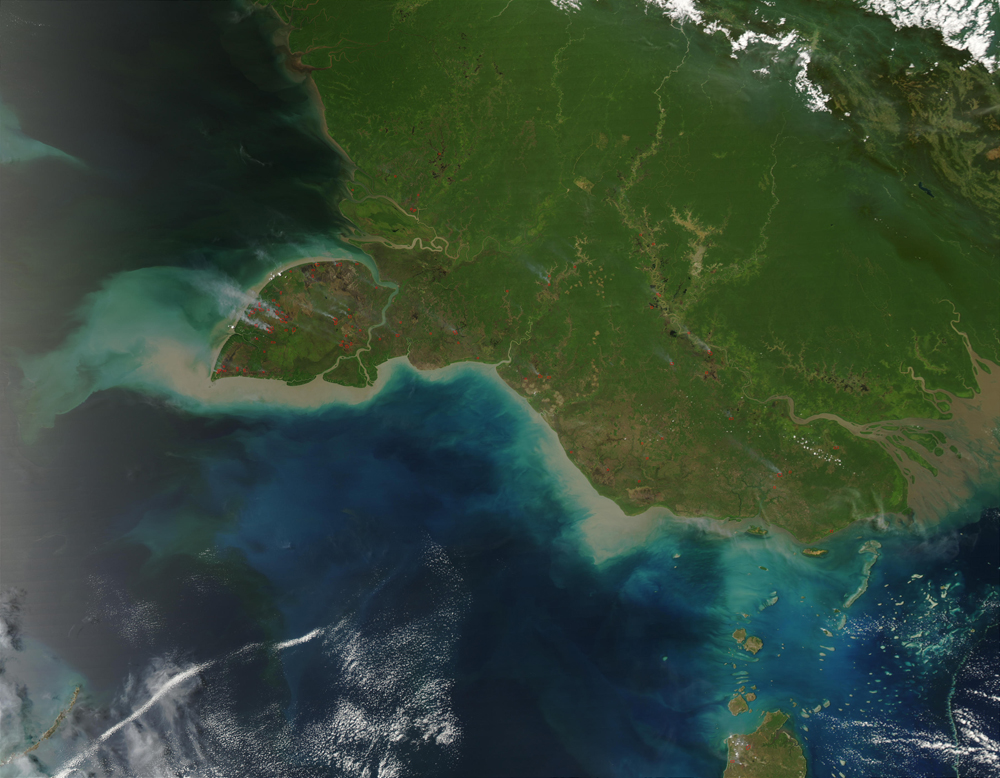
309,000 square miles (800,000 square km)
New Guinea lies just north of Australia and is split into two different countries: Papua (the Indonesian region of the island, in the west) and Papua New Guinea in the east, an independent country since 1975.
The island is a hotbed of volcanic activity, particularly when it comes to Ulawan, a volcano located on Papua New Guinea's New Britain Island. Due to its closeness to human settlements, the nearly 1.5-mile-high (2.3 km) volcano was declared a "decade volcano" by the International Association of Volcanology and Chemistry of the Earth's Interior. (This designation means it is one of 16 volcanoes worth further study due to its eruptive history and proximity to people.) That volcano alone levelled the city of Rabaul twice, in 1937 and 1994, according to the CIA World Factbook.
New Guinea is quite young, geographically speaking, because it was formed in the area between two tectonic plates: one belonging to the Pacific Ocean, and the other a part of the ancient continent of Australia, according to the Embassy of Papua New Guinea to the Americas in Washington, D.C.
Its volcanic and seismic activity arises from this combating plates, which also make it part of the "Ring of Fire" that circles the Pacific Rim.
New Guinea is also a place of spectacular biodiversity and unique creatures, many of which have only recently been discovered.
Greenland
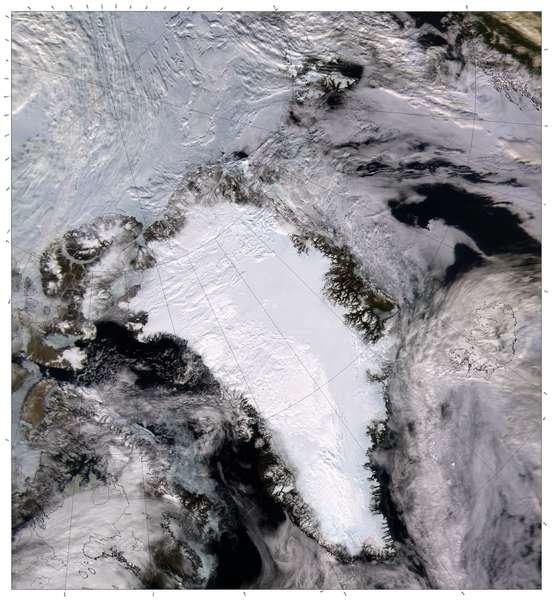
836,330 square miles (2,166,086 square kilometers)
Greenland is an island in the North Atlantic Ocean just east of the Arctic islands of North America, and west of Iceland. The island, in fact, is connected to North America through a submarine ridge about 600 feet (180 meters) underneath the water. Greenland is considered a part of the Canadian Shield, which is a vast area made up of some of the oldest rocks on Earth.
The island is perhaps best known for a huge ice sheet that, according to the Encyclopedia Britannica, is only dwarfed by Antarctica in physical size. With an average thickness of 5,000 feet (1,500 meters), the ice sheet lies over more than four-fifths of Greenland's area. As snow falls on the sheet, the ice layers compress and form glaciers that flow out to sea. Jakobshavn Glacier, considered one of the fastest-moving glaciers globally, moves 100 feet (30 meters) daily.
Scientists are currently keeping a close eye on the island for how climate change is affecting the ice. Right now, the picture is mixed: An April 2013 study suggested that future ice melting may slow due to narrow fjords that block ice flow, and other natural processes, but a March 2013 study suggests that isolated glaciers are melting quickly.
Sign up for the Live Science daily newsletter now
Get the world’s most fascinating discoveries delivered straight to your inbox.

Elizabeth Howell was staff reporter at Space.com between 2022 and 2024 and a regular contributor to Live Science and Space.com between 2012 and 2022. Elizabeth's reporting includes multiple exclusives with the White House, speaking several times with the International Space Station, witnessing five human spaceflight launches on two continents, flying parabolic, working inside a spacesuit, and participating in a simulated Mars mission. Her latest book, "Why Am I Taller?" (ECW Press, 2022) is co-written with astronaut Dave Williams.










